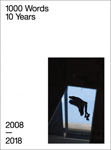 |
|
| Photography in Flux 1000 Words: 10 Years (print edition), 2018 |
|
 |
|
| Should I Do a Photography MA? Source 91, Autumn 2017 |
|
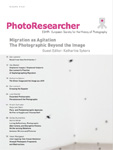 |
|
| Expanded Photography: Persistence of the Photographic PhotoResearcher 26 (2016) |
|
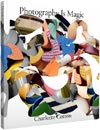 |
|
| Poetic, Magic (Book Review) Source 85, Spring 2016 |
|
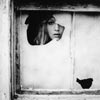 |
|
| Situations and Seductions: Mariana Rothen’s Shadows in Paradise Photoworks Annual 22, 2015 |
|
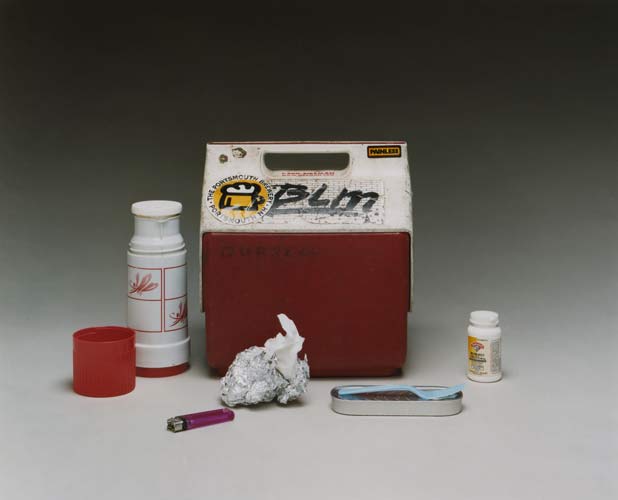 |
|
| Conceptual Photography Source 71, Summer 2012 |
|
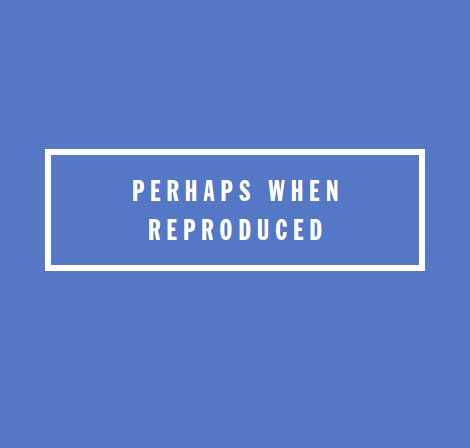 |
|
| Perhaps When Reproduced Language and Site in Lawrence Weiner's Public Freehold Works ARC14, Summer 2010 |
|
 |
|
| Idris Khan: The Collapsed Archive Source 49, Summer 2006 |
|
 |
|
| Karen Knorr: Fables Portfolio 42, December 2005 |
|
 |
|
| Adam Fuss: Medium as Muse Source 45, Winter 2005 |
|
 |
|
| Malerie Marder: The State of Contemnporary Desire Source 44, Autumn 2005 |
|
 |
|
| Hannah Starkey: Art's Best Tricks Source 40, Autumn 2004 |
|
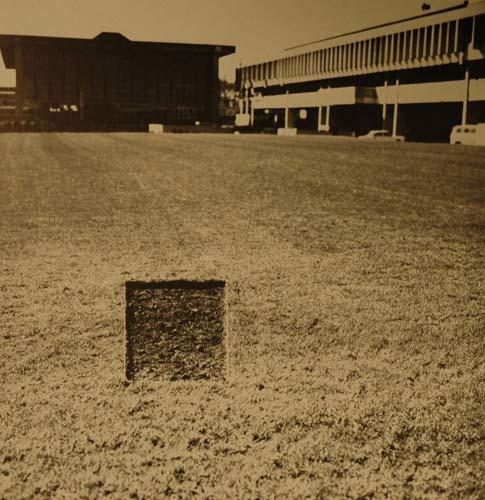 |
|
| The Photographic Idea: Reconsidering Conceptual Photography Afterimage vol. 26 no. 5, March/April 1999 |
Victoria Miro Gallery
2-30 September 2006
Source 49, Winter 2006
In the mid-1990s, postmodern appropriation was still a hot topic in art schools. Students would get worked up by the sheer audacity of Sherry Levine, the bad-boy libido of Richard Prince, and the kitsch sensationalism of Jeff Koons. But in recent years it's all fallen rather flat. Appropriation has become, not passé, but so ubiquitous as to be beyond notice. The last Tate Triennial proposed that appropriation has become the dominant trend in contemporary art practice, and that appropriated material no longer need signify anything in particular: not the death of the author, not a critique of mass media representations, not a comment on consumer capitalism. On the contrary, it seems that appropriation is a tool of the new subjectivism, with the artist's choice of pre-existing images or references representing a bid for authenticity ( my record collection, my childhood snaps, my favourite supermodel).
Idris Khan's work offers another chapter in the story of appropriation. Last year I tossed his good-looking composites of blockbuster cultural texts into the tail end of the postmodernism lecture. I offered works such as Every... Bernd and Hilla Becher Prison Type Gasholder and Every...William Turner Postcard from Tate Britain as examples of appropriation work that transforms as well as stealing, and which demonstrates engagement with the past, as well as the artist's desire to make his own mark. The fit was almost too perfect. Khan's work slotted into the art historical narrative so smoothly it was almost as if it were designed to go there.
On the basis of his recent show at Victoria Miro, it is clear that Khan locates his practice very self-consciously. His work to date has drawn on a range of works significant to the practice of art photographers and cultural producers more broadly. Whether it is every page of Barthes' Camera Lucida , or every page of the Koran (making reference to his own paternal heritage), Khan's sources are always both familiar and highly loaded. The works in his recent exhibition cement his claim to canonical status by taking on Muybridge and Blossfledt, Bach, Mozart and Beethoven, Freud's The Uncanny , and a selection of Caravaggio's late paintings. The resulting exhibition is dramatic and visually beguiling. The large-scale works more than succeed in commanding one of the grandest gallery spaces in London.
Khan's process--what a traditional photographer would describe as a post-production process--appears to be simple addition. One might assume that the artist follows a strict conceptual script, giving equal and impartial emphasis to every page or image in a series. In fact, he makes free use of camera, scanner and digital imaging software to push and pull the different strata. He has control over framing, scale, contrast and transparency, and uses these variables to nuance the appearance of the final image. It is thanks to the intervention of the artist that illustrations of Leonardo paintings emerge to make make filmy eye contact from the pages of Freud's The Uncanny , and that Blossfelt's flower studies have condensed into a strange atomic mushroom.
Khan's involvement in the process gives him control over both the appearance and tone of the work. This is clearest in the three musical works. Superimposing every page of Bach's Six Suites for Solo Cello , or Mozart's Requiem or Beethovan's Sonatas , was bound to yield different results, given the variation in the musical scores involved. Khan has heightened the differences so that Bach's suites produce a light and airy composition, with the top and bottom bars of arpeggios rising and falling across the surface in soft greys. Beethoven's sonatas, in contrast, block up into masses of dramatic blackness, with individual notes visible only at the fringes of overlapping staves. The sense of erasure created provides a convenient metaphor for the deafness that descended on the composer while he wrote these pieces.
It was a brilliant move to make a set of works layering the serial images from Eadweard Muybridge's Human and Animal Locomotion --the resulting compositions are striking, dynamic. But it seems illogical to have used platinum printing, known for its luscious grey tones, to reproduce the half tone dots of the original book. In this context, platinum serves as a gratuitous signifier of Art Photography and of value for value's sake.
In the Dada tradition of photomontage, artists often borrowed bits and pieces of images, and threw them together roughly in order to produce a jarring, confrontational image. The composite has a very different effect, smoother and altogether more comfortable for the viewer. It would be unfair to make more than passing reference to the main historical precedent for composite photography, 19 th century eugenicist Francis Galton. Khan's work has none of the sinister content of Galton's composites of criminals, consumptives, or Jews, originally used to argue against the evil of perceived social decline. Yet it is certainly worth referring to Allan Sekula's classic text, "The Body and the Archive," which analyses the tremendous persuasive force of the composite. 1 Of particular relevance here is Sekula's observation that the composite offers a collapsed form of the archive, which claims the archive's authority as a model of knowledge. Khan's works take advantage of this condensed archive effect to achieve their authoritative presence. The pieces in which the process is most obvious help to undermine the composite's pseudo-objective power.
In Galton's case, the authority of the composite was used as a talisman against the decline of the human race. In Khan's case it is the decline of Western culture that is at stake. His ambitious, elegant works set out to reverse that decline, appropriating brand name masterpieces with a great deal of intelligence. Khan's works do not have a shred of postmodern irony, nor do they represent the more subjective trend in appropriation. While Khan must have his own personal relationship to his sources, his images lead us to muse on high culture in general, and our own relationship to it. They are most satisfying in the places where the source and the artist's intervention come together to generate a surprising visual effect or metaphor.
Allan Sekula, "The Body and the Archive," in Richard Bolton, ed. The Contest of Meaning (Cambridge, MA: MIT Press, 1993), pp. 342-389.